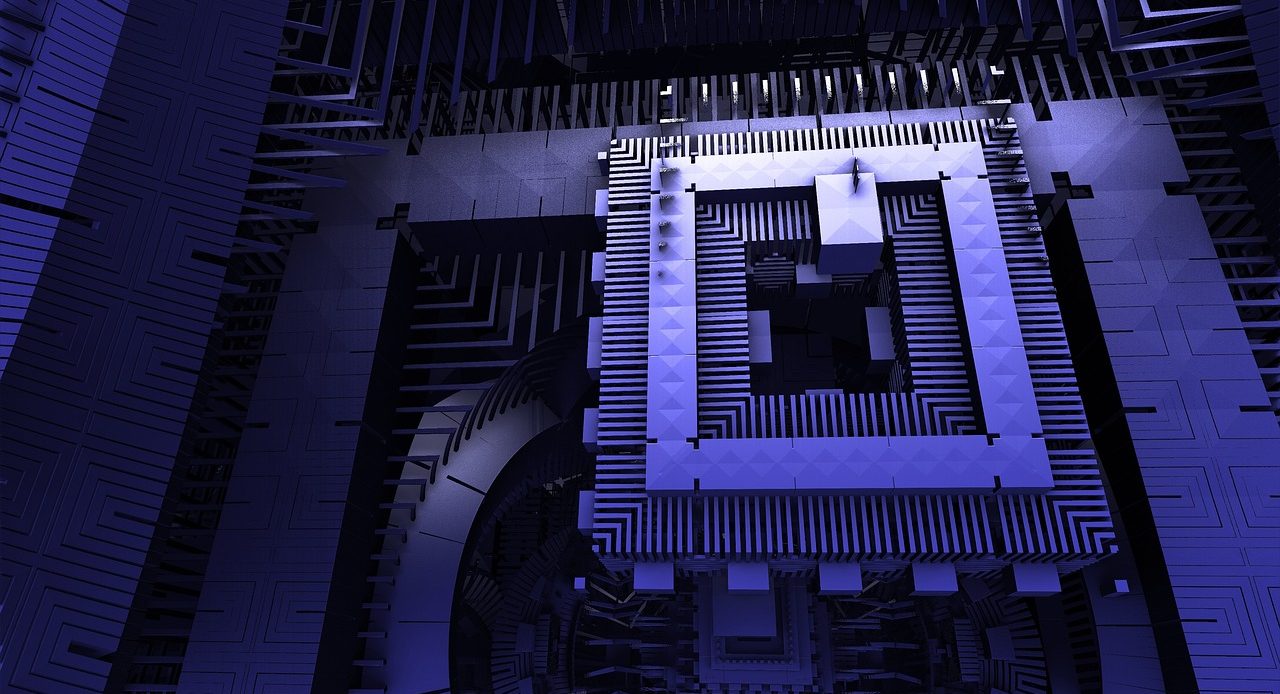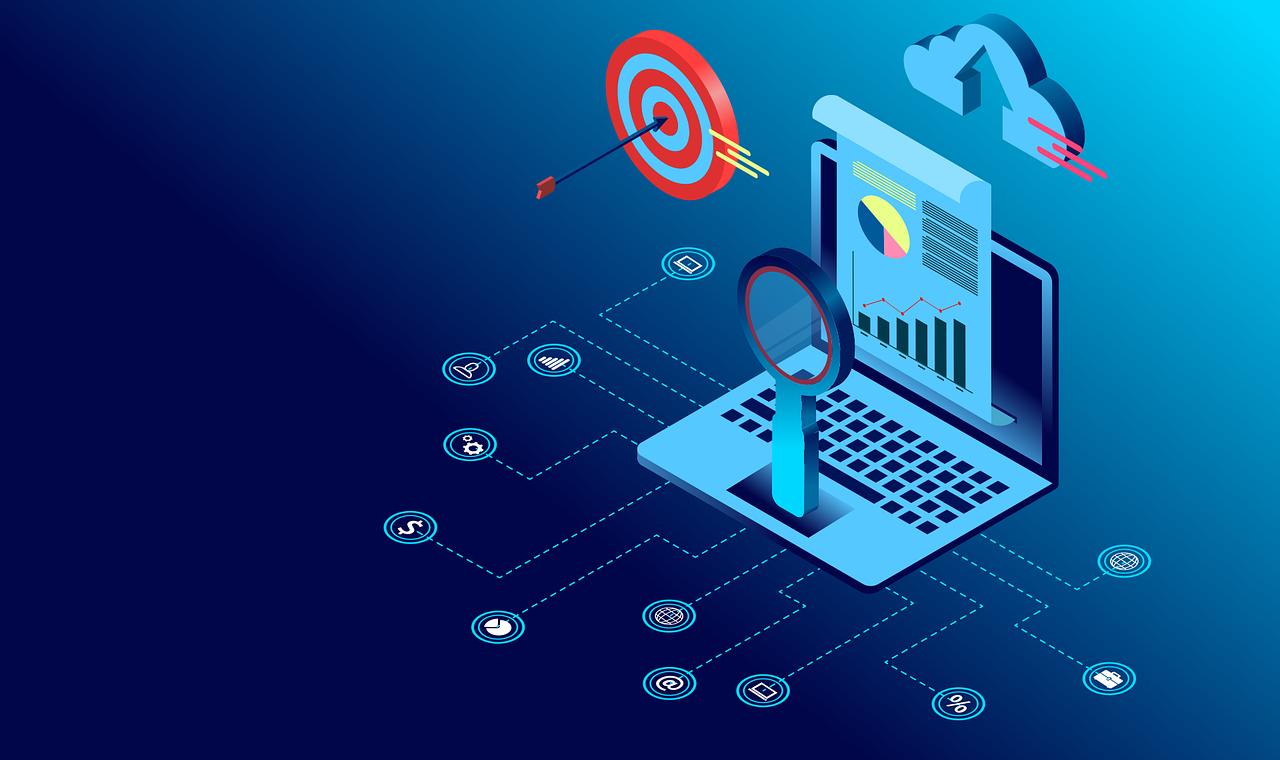
Quantum cryptography makes possible secret, confidential communication through a quantum channel.
Quantum cryptography is a concept that identifies a discipline in which guidelines from quantum mechanics are used in order to guarantee confidential and secure transmission of information.
Before focusing on the characteristics, applications and limitations of this type of practice sometimes mentioned as quantum encryption, it is worth keeping in mind that the dictionary of the Royal Spanish Academy (RAE) presents cryptography as an art focused on a writing of enigmatic essence or in secret code.
It is also interesting to know that in recent times the so-called cryptography resistant to quantum computing (also known in Spanish as post-quantum cryptography ) has been gaining prominence. It is a fundamental resource for the cybersecurity of tomorrow since it provides protection protocols to deal with potential threats linked to quantum computing .
Particularities of quantum cryptography
Stephen Wiesner was the physicist who began to give impetus to quantum cryptography by proposing a conjugate coding process, but several years passed until, thanks to the work of Gilles Brassard and Charles Benett , the first protocol was published. This was immortalized under the name BB84 protocol . Seasons later, the E91 protocol was born by Artur Ekert .
The purpose of this discipline is to provide methods and tools so that data can be transmitted and stored securely, without an intruder or stranger having the chance to understand or modify it.
Quantum cryptography is typically developed on a photon basis and takes advantage of photon polarization states for quantum entanglement and quantum superposition . In this way, using photons to transmit a key, we seek to consolidate an indestructible cryptosystem .
It is constructive, in this framework, to learn what and how quantum key distribution (QKD) is, a method based on the principle of non-cloning and the properties of photons that promote security in the communications area.
For the encryption instance, experts point out, an algorithm designed to hide the content and make it indecipherable for third parties is required, as well as a key that preserves the private nature of the process.
The research and experiments to modernize and perfect the universe of quantum cryptography have led to a world record because physicists of Austrian origin managed to increase the quality and extension of a network by betting on optical fibers for quantum entanglement . In a Spanish university, to add another reference, research work has been carried out on how to avoid the initial assessment in relation to the error rate and how to adapt and improve certain codes with the intention of satisfying a certain range of errors. In this context, the spotlight was placed on advances in techniques and procedures for performing key distillation .

Quantum encryption is born as an effective cybersecurity solution for the era of quantum technology.
Varieties
The most classical variety of quantum cryptography , as deduced from practice, is powered by the QKD system of quantum key distribution that uses fiber optic cables to generate a stream of photons, each of which constitutes unique quantum bits (qubits). , advance in a particular direction although each photon acquires a certain position. The method is so complex that, although it has limitations or vulnerabilities, it is believed that, at least for the moment, it is practically impossible to hack the QKD model.
Addressing the topic in more depth, we distinguish, for example, device-independent quantum cryptography and position-based quantum cryptography .
Importance of quantum cryptography
Quantum cryptography is important given its ability to quickly and accurately detect attempts to intercept data . As a quantum computer could represent a great threat capable of violating a traditional security system, data encryption needs to be adjusted and improved, hence the value of this innovative class of cryptography that is positioned as the saved resource for, in the future. , guarantee the absolute protection of private data.
Thanks to the laws that govern quantum mechanics , quantum encryption is extremely useful for the development of inviolable keys. By encoding information in photons ( quantum particles ), a sender has the possibility of sending entangled photons to a receiver and thus generating a shared quantum key . If there is an effort to intercept said key, the quantum state of the particles involved would be altered, causing an alert to the compromised parties.

Quantum cryptography uses the laws of quantum mechanics to ensure that information is transmitted securely and confidentially through encryption.
Given this panorama, it is possible to highlight three great advantages that quantum cryptography offers. On the one hand, provide confidentiality and thus guarantee secure and secret communications (with keys accessible and known only to the participating parties). Along with quantum security , it facilitates the detection of quantum intrusions and provides unconditional security based on the principles of quantum physics .
